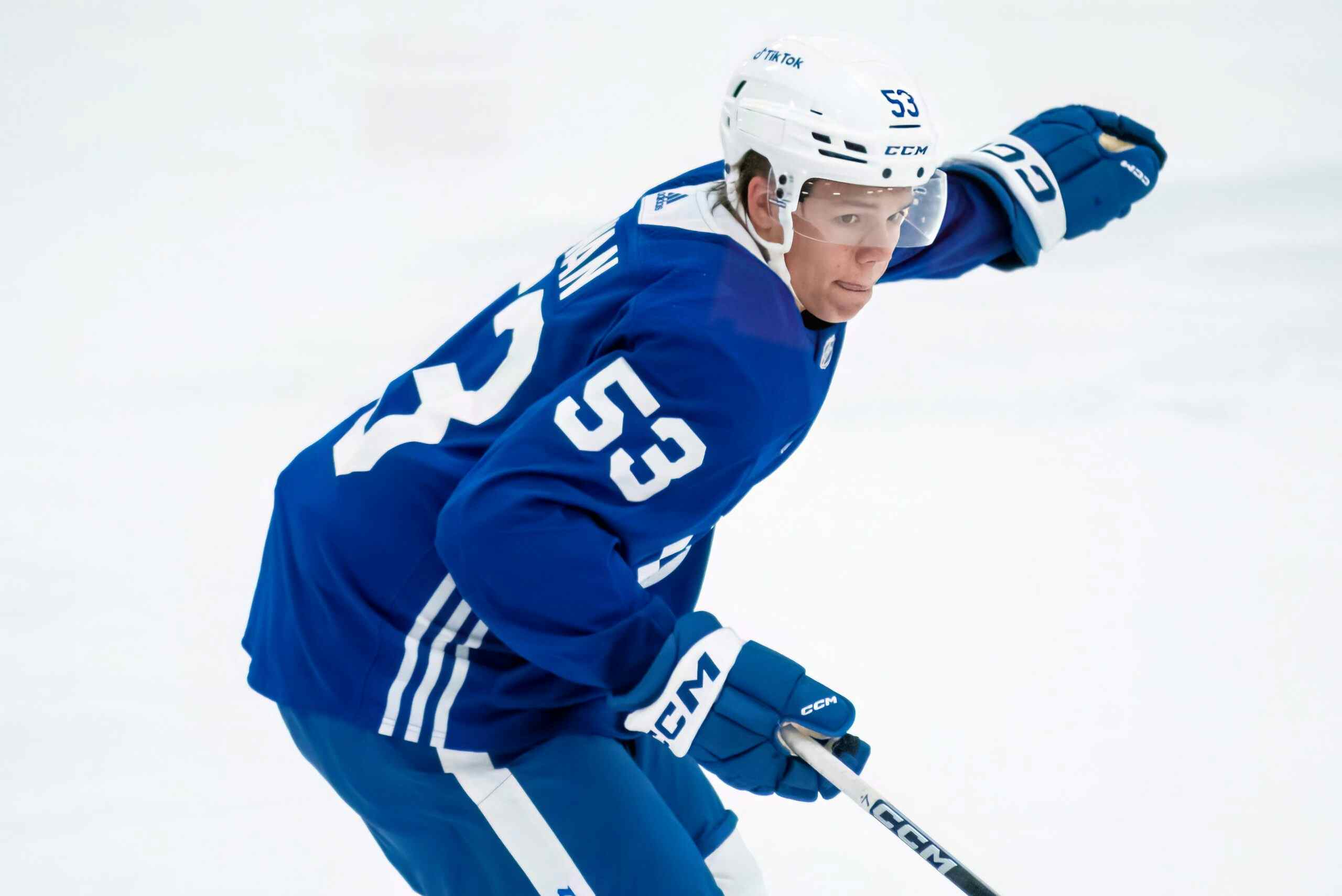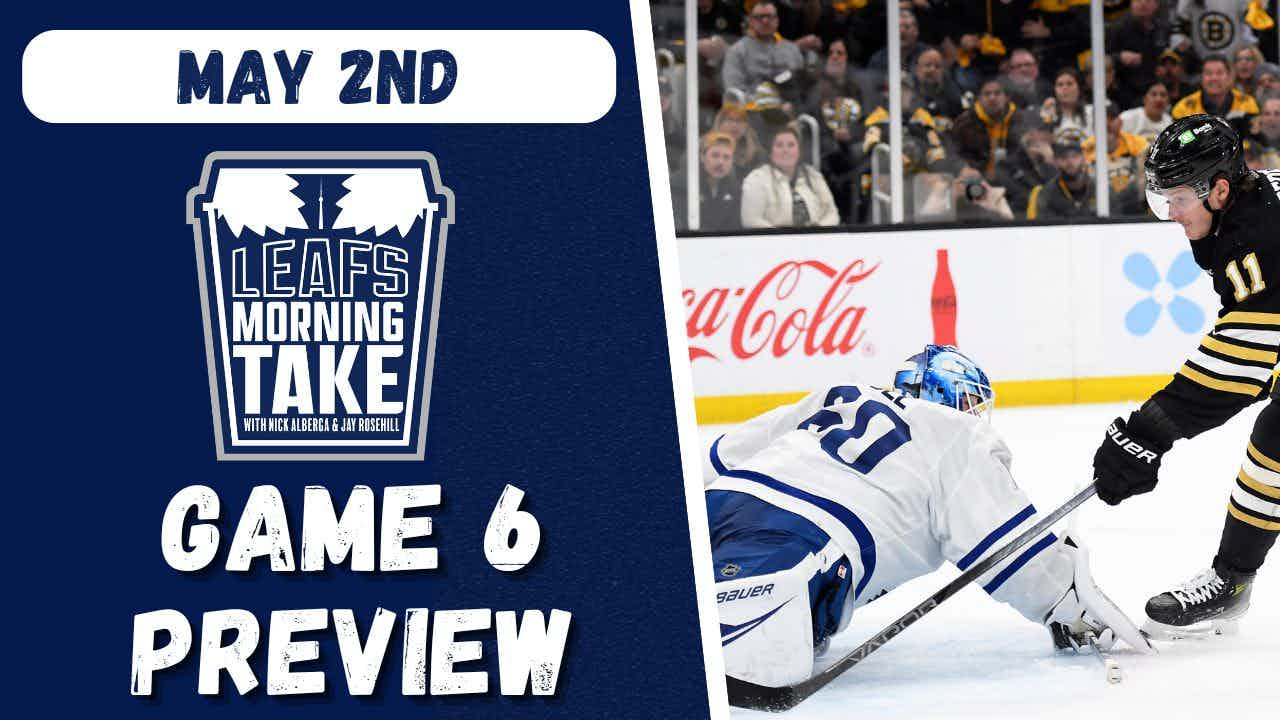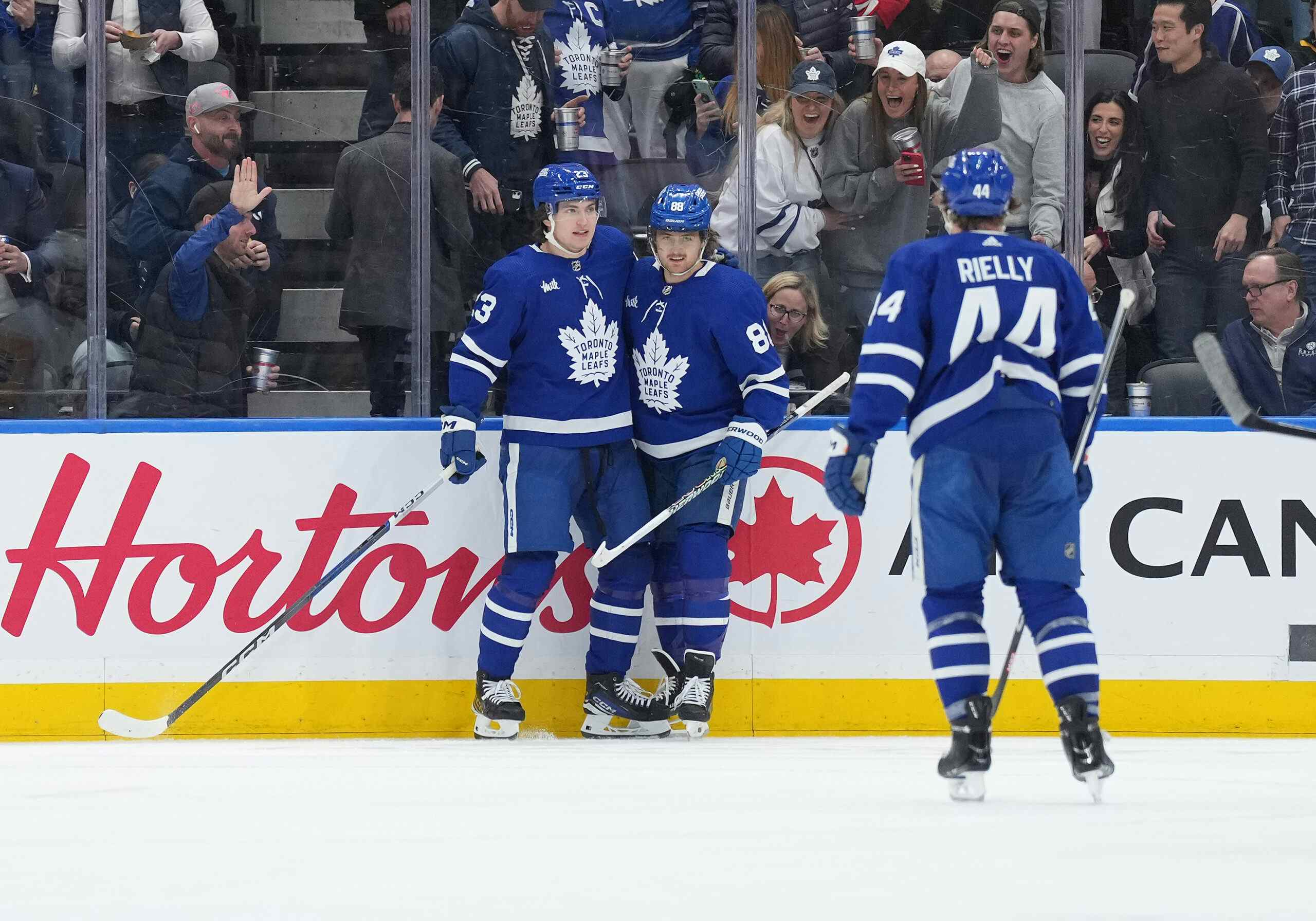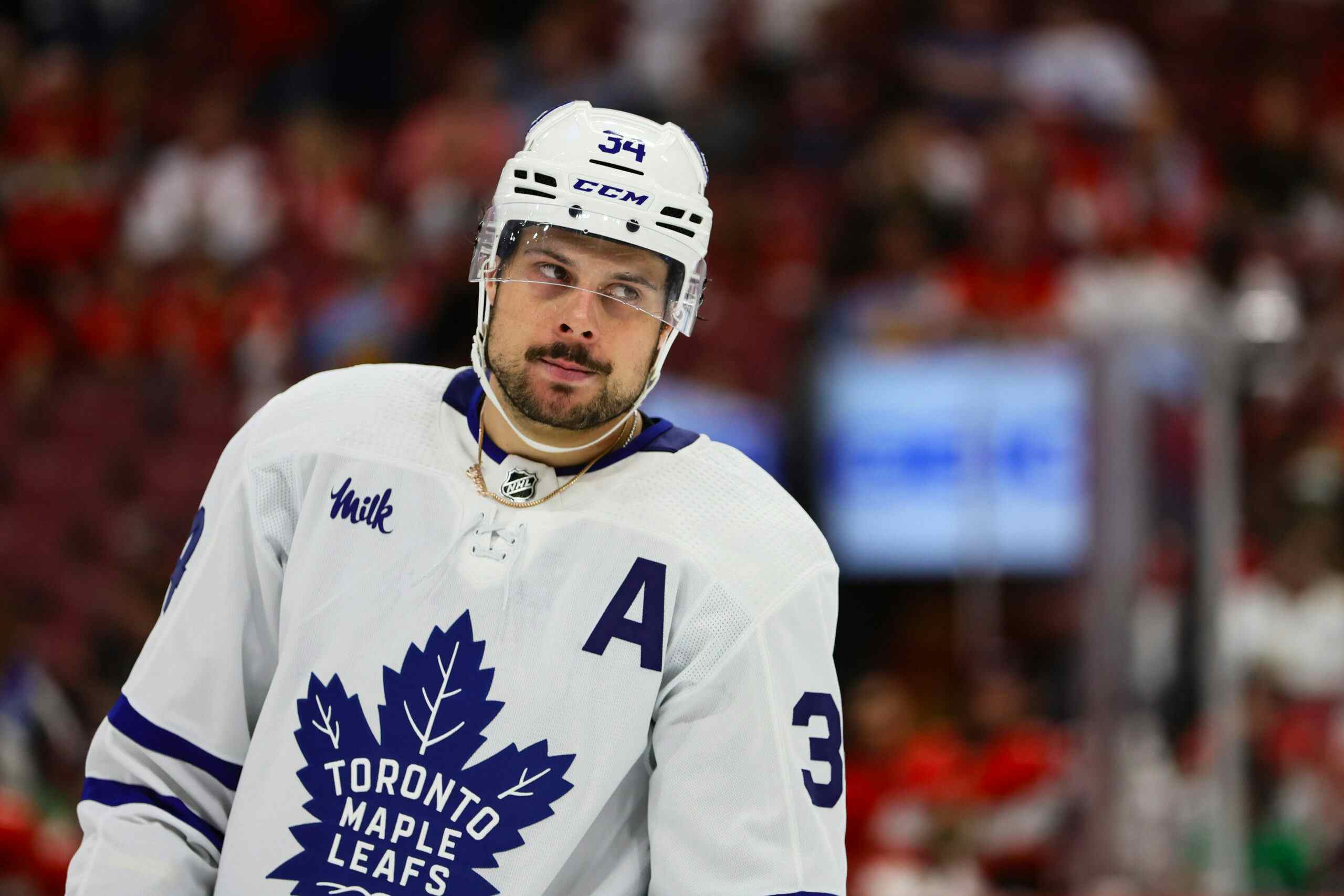The Major League Baseball solution
By Cam Charron
11 years ago
I was up late last night stretching different concepts for a long-term resolve of the spending disparity between the rich and poor teams in the NHL. In the labour dispute, I’d rather not “side” with owners or players, but rather be on the side that offers the best long-term solution, one that means we won’t have a lockout every seven years.
What owners want is a one-time reduction of cost, while the players want to keep the money they’ve already been signed to. I think both positions are reasonable, but for the NHL, there are two looming truths they haven’t resolved:
- There probably isn’t enough demand in North America for 30 NHL teams
- While some owners may be looking at their bottom lines, they’re still competitive people who want to spend a lot of money.
Let’s take a look at this hypothetically. The NHL saw huge growth between Lockout 2004 and Lockout 2012, but that wasn’t equal between the 30 teams. Graphic Comments had a great three part series on this last month, and the major takeaway from that series, for me, was this line:
The teams that were Losing Money prior to the lockout, were given just enough of a boost to poke their head out of the hole but quickly started sinking back in. Revenue growth really for these teams has never been enough to keep up with base level escalation in player salaries and in the costs to operate a franchise.
While teams aren’t making money equally, they still have to spend money equally. No change to the hard cap salary structure is going to fix that unless you remove the salary floor entirely, but then the issue becomes an overwhelming lack of parity between the “haves” and “have nots”.
The problem with the limited revenue sharing the NHL has now is that it’s barely enough to keep teams solvent. The second problem is that it works out with teams like the Toronto Maple Leafs spending money to subsidize other teams to compete against them without any added advantage.

The MLB solution
The only solution I can see to this is a luxury tax. Ideas have been floated around online. Jesse Spector and Neil Greenberg have both tweeted out support for a soft cap system that allows teams like the Leafs to exercise their financial clout at their own discretion.
In return for giving up more of the HRR pie, players should receive some acknowledgement from owners they want to be part of the long-term solution to ensure nobody has to endure this lockout disgrace ever again. The way to do that is the way NHLPA executive director Don Fehr suggested in the union’s first CBA proposal: increased revenue sharing via a luxury tax for big-market teams that wish to exceed the cap.…You also could structure the luxury tax so it serves strictly as a way to keep intact teams that draft and develop properly (rather than continue to force Cup champs like the 2010 Blackhawks to drastically change their lineup) by instituting an NBA style “Larry Bird exception” permitting teams to exceed the cap by a particular percentage so long as they spent that money on players originally drafted by that organization.
Reading through that column, it looks like he came to his conclusion the same way that I did. The difference between my own solution and the current MLB set-up is that salaries ought to be capped at some spot. Currently the salary cap works out to about 65% of a 30-team divide of the players’ overall share. That could stay the same, with “penalties” being given to teams who exceed 50%. That money goes into a pool that’s split among the 30 teams, so as not to encourage teams to stay just below the threshold. Money is distributed equally.
Fehr The Well linked me to their idea on system specifics, most of which I agree with:
Since a hard cap isn’t going away, setting the hard cap number at 62% would create a wide enough gap to allow teams to go over the soft cap enough to raise significant revenue from a luxury tax. Staggering the tax rate at 75% and 100% would also encourage mid-market teams like Minnesota and San Jose to not dramatically slash salaries to get below the 52% number. 0-3% (55%) would be taxed at 75% and anything above 55% to the 62% hard cap would be taxed at 100%.Finally, the salary floor would be set at 35% of HRR. This allows teams in rebuilding mode to keep player costs low until the team becomes more competitive and team revenues (in theory) increase. Additionally, a part of the NHL’s revenue sharing plan wanted accountability to make sure teams spent money on their team instead of just pocketing the extra revenue so the big market teams would push for a salary floor more than the players would.
I’d like the floor to be a little bit higher in the final implementation. It’s all about being able to grow the amount of dollars the weaker teams can spend on players, without diminishing the ability of Toronto or Philadelphia to be able to spend as they please. The players can agree to a reduction of their share of HRR over the next two years but they get to keep their current contracts. In return, they get a gradual fix to the system while more teams will be able to play major league prices.
Related
Recent articles from Cam Charron





